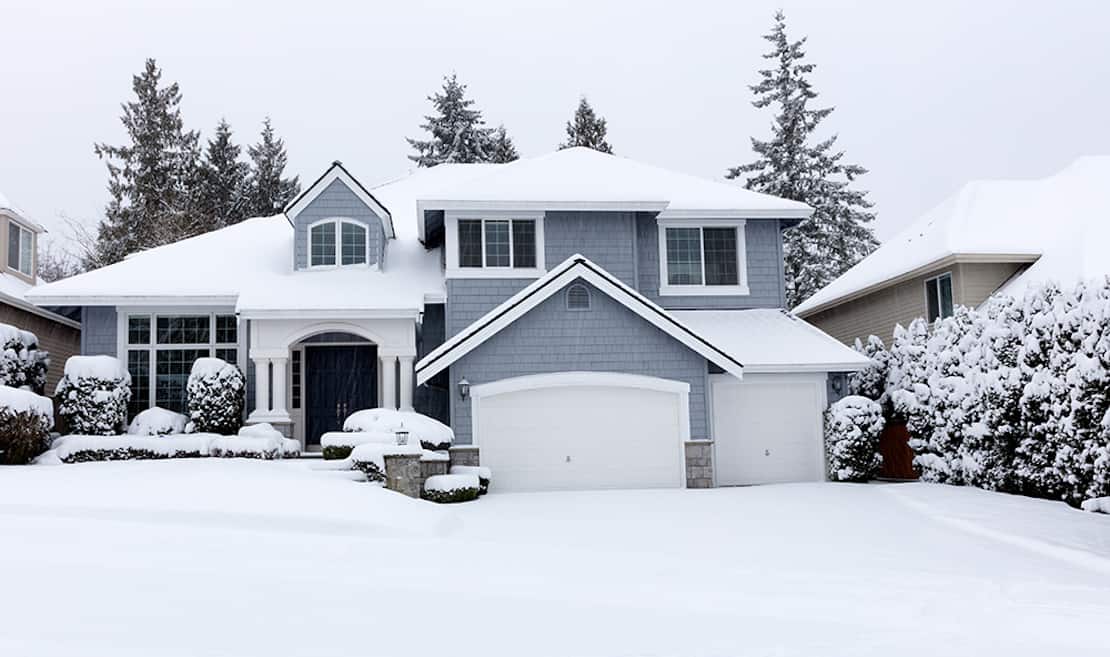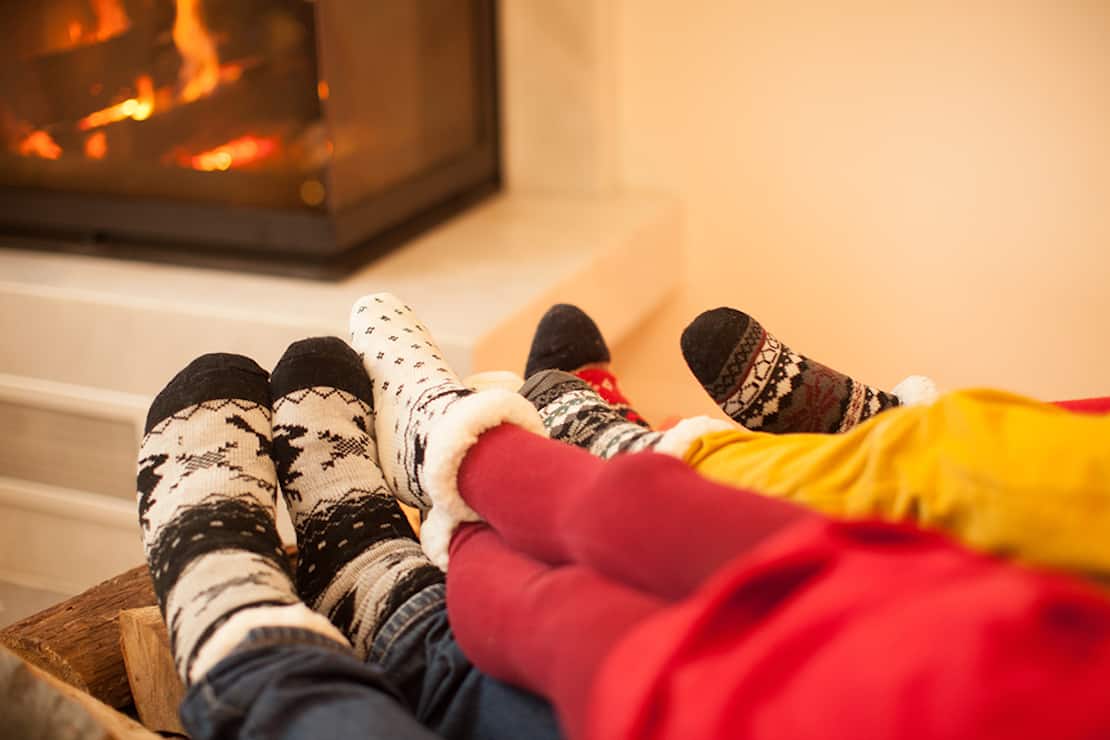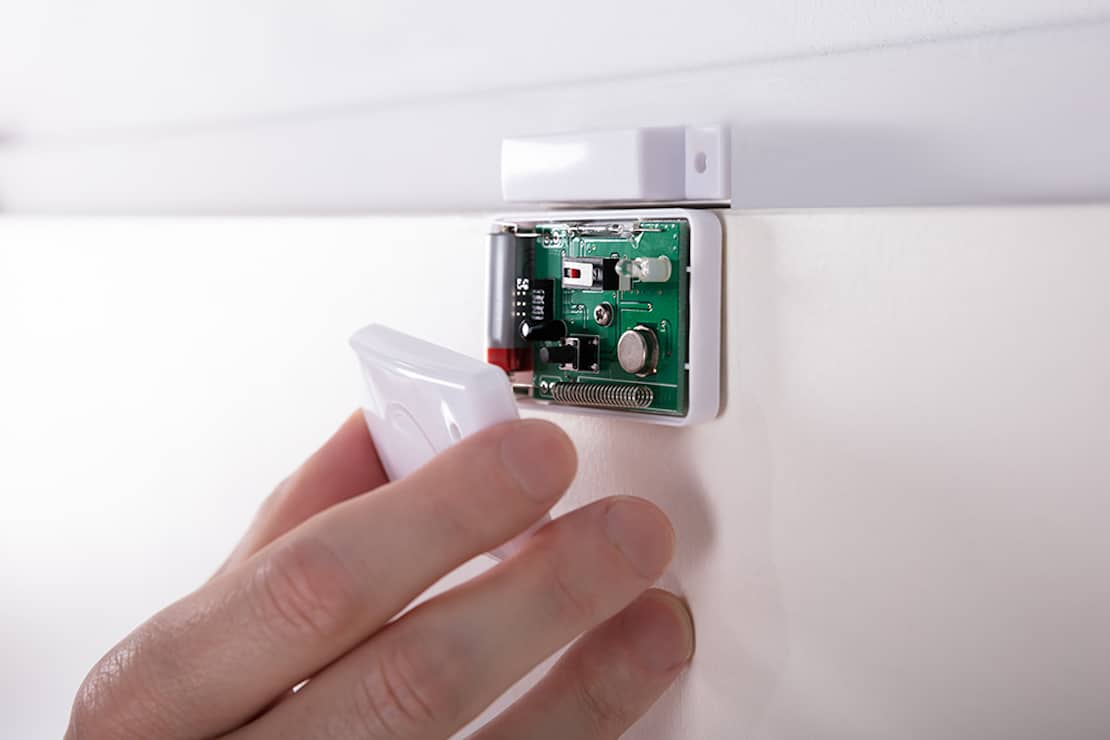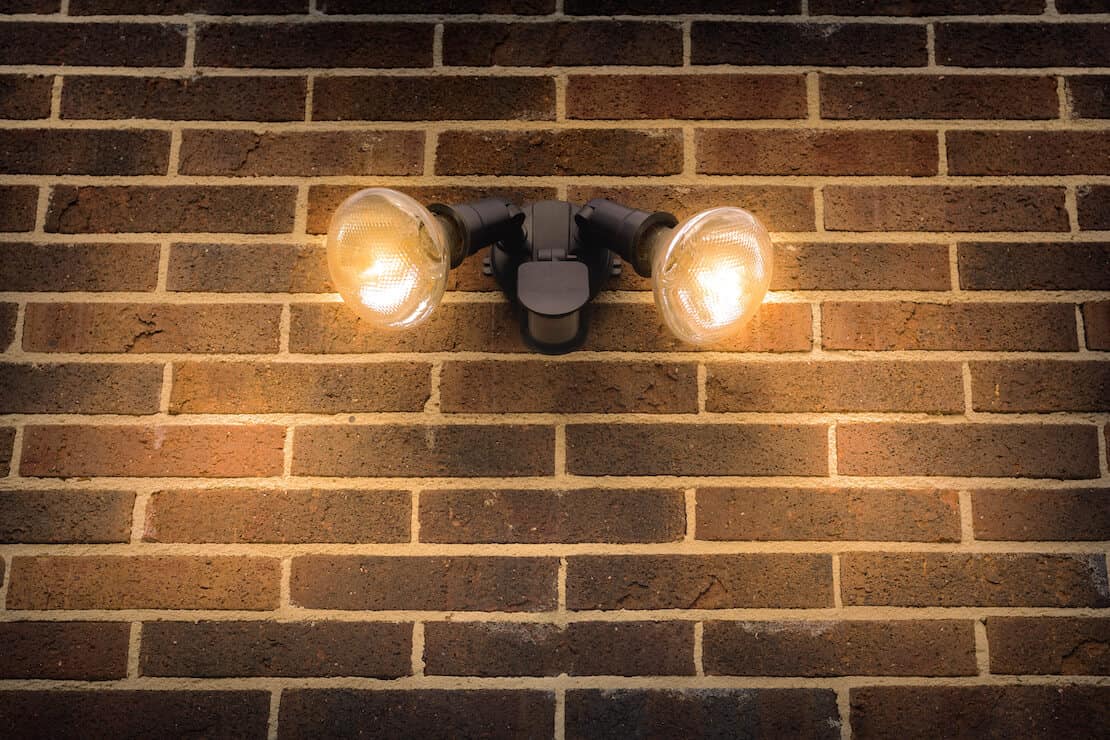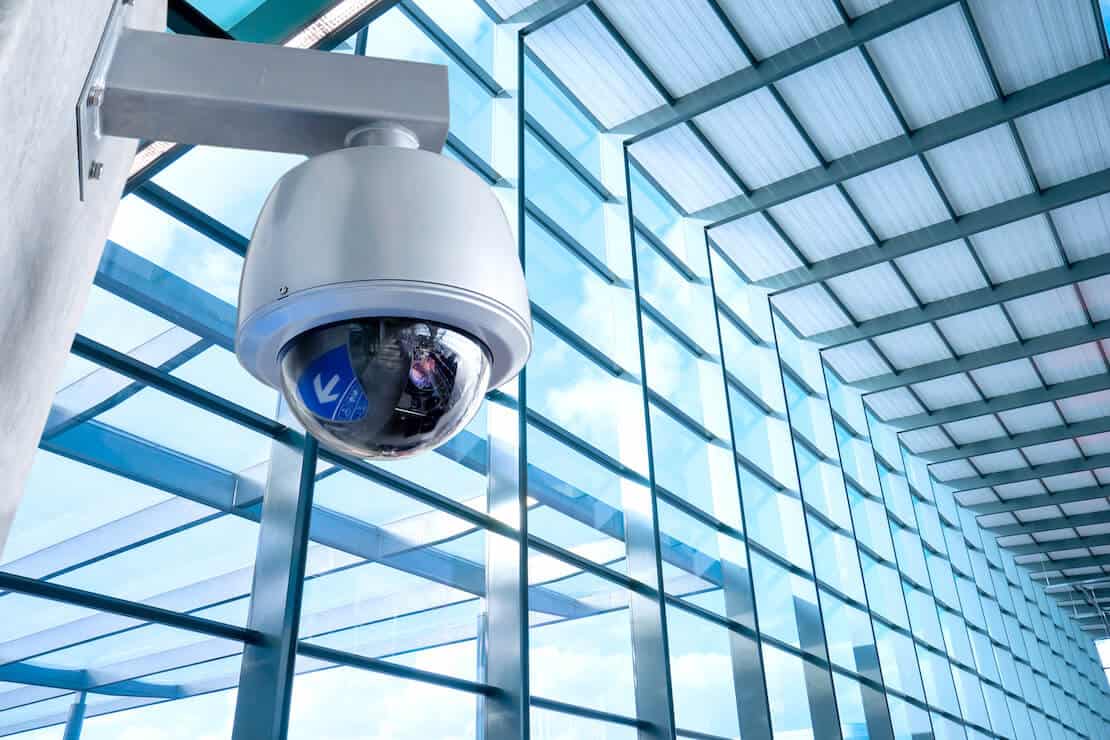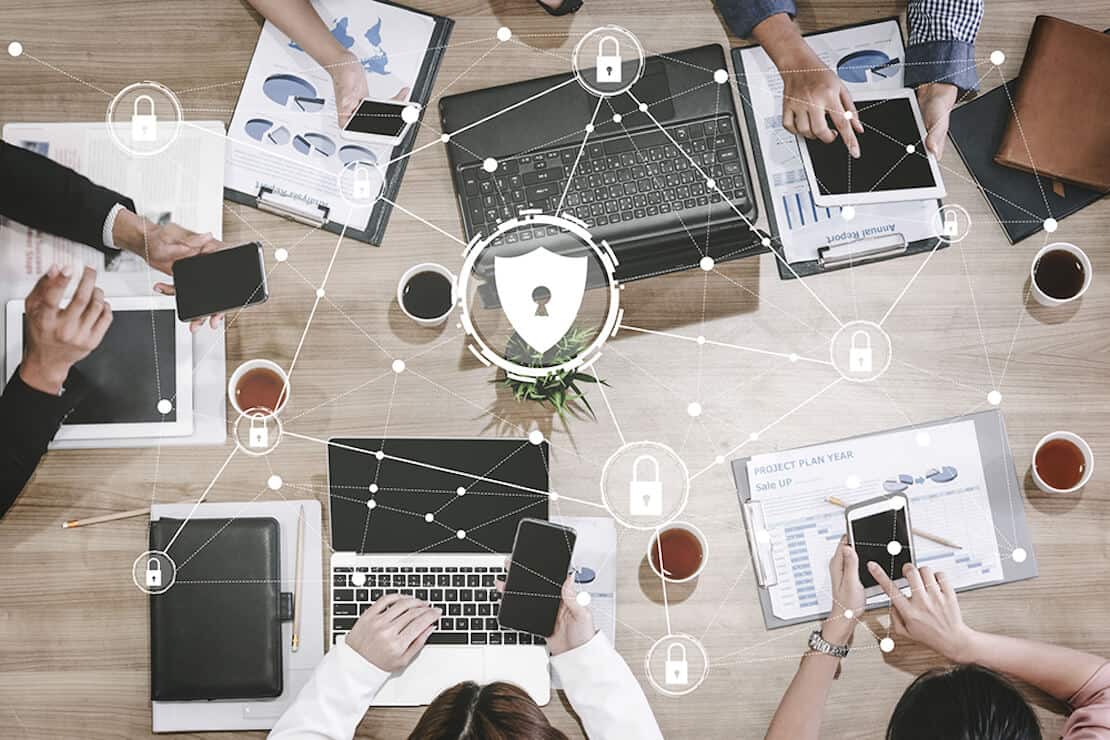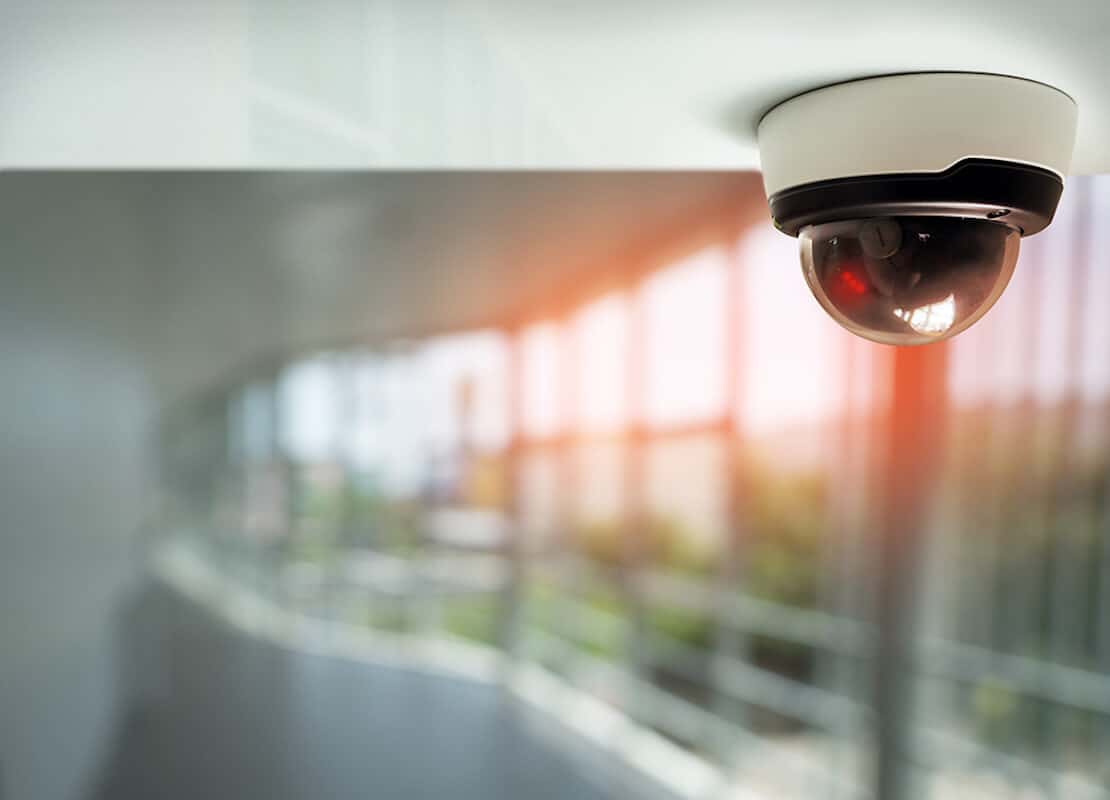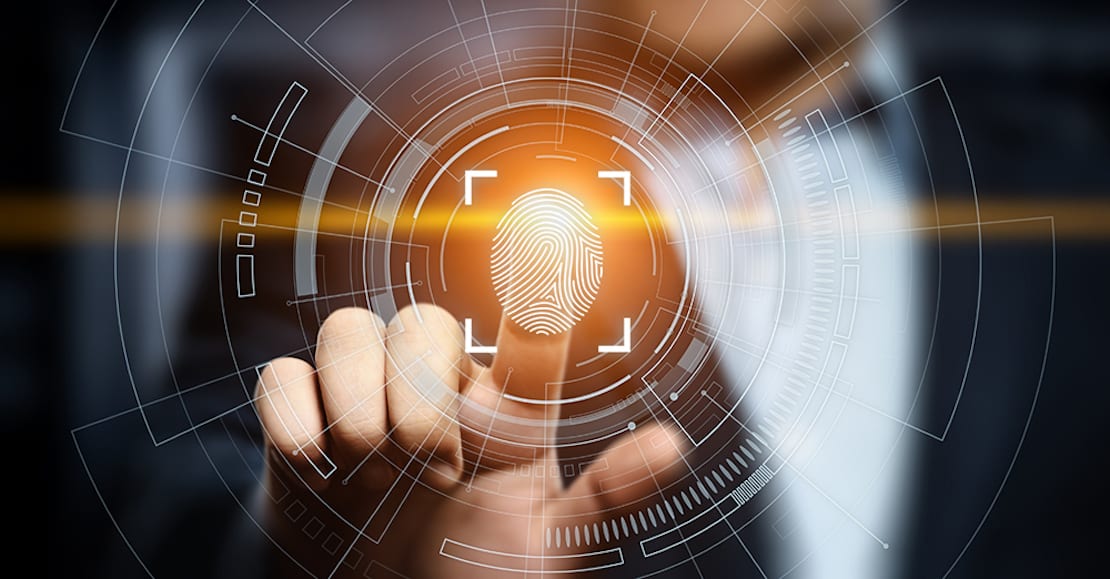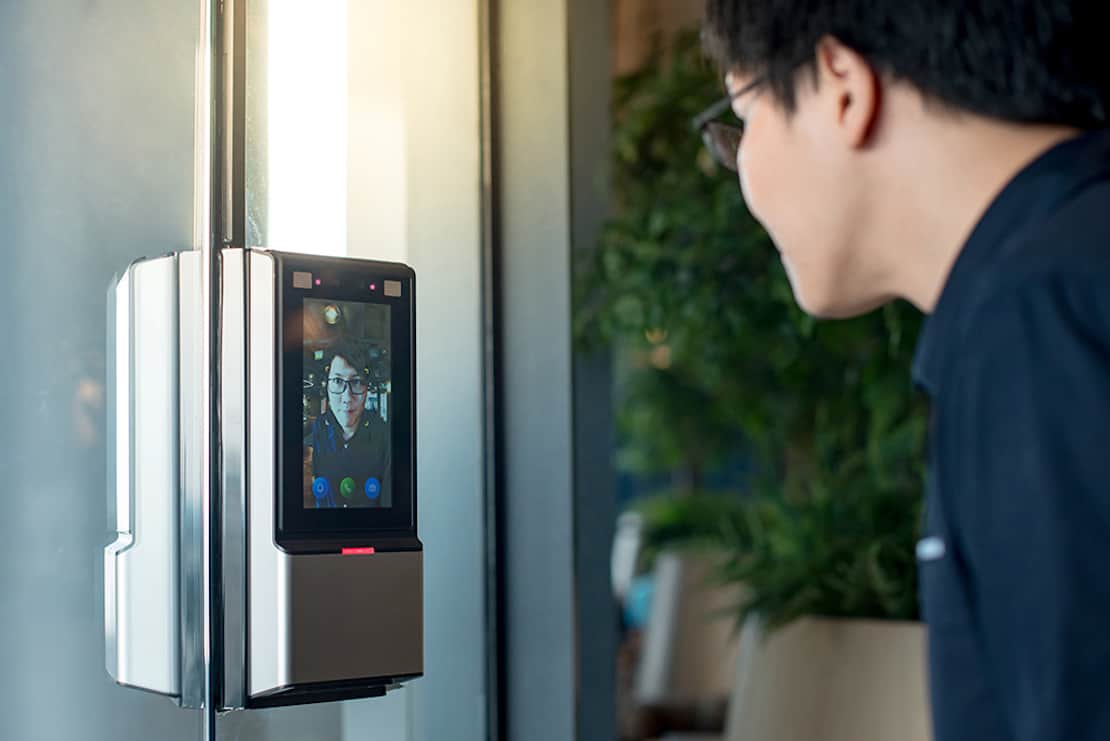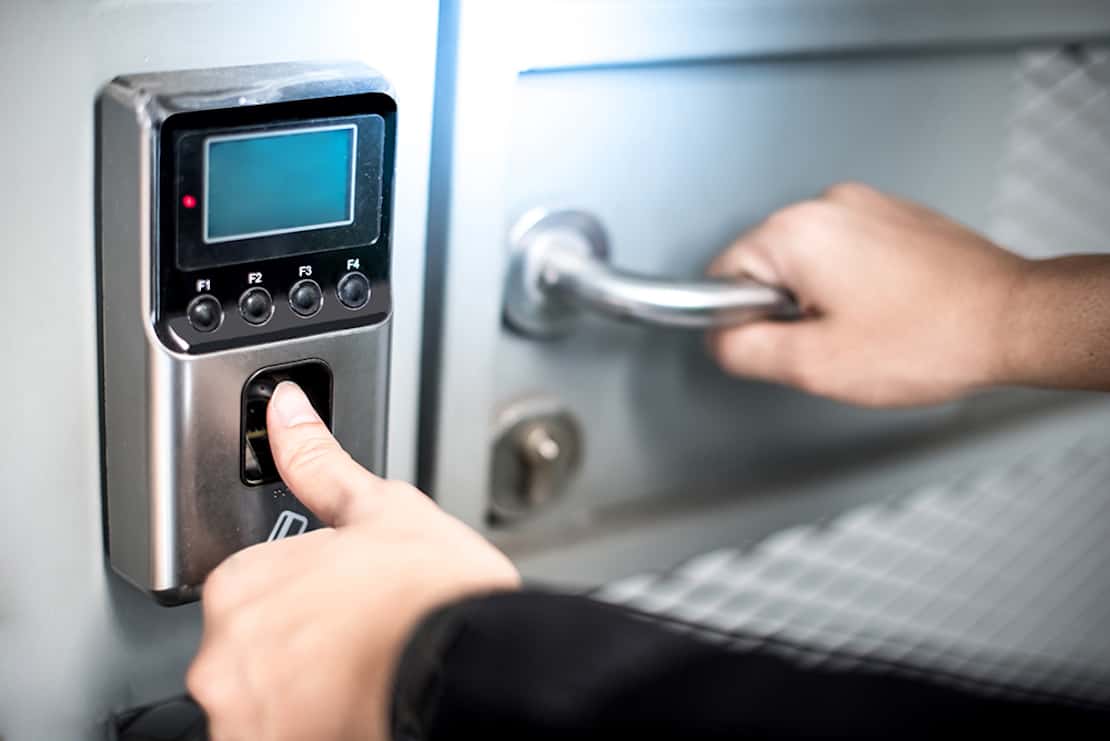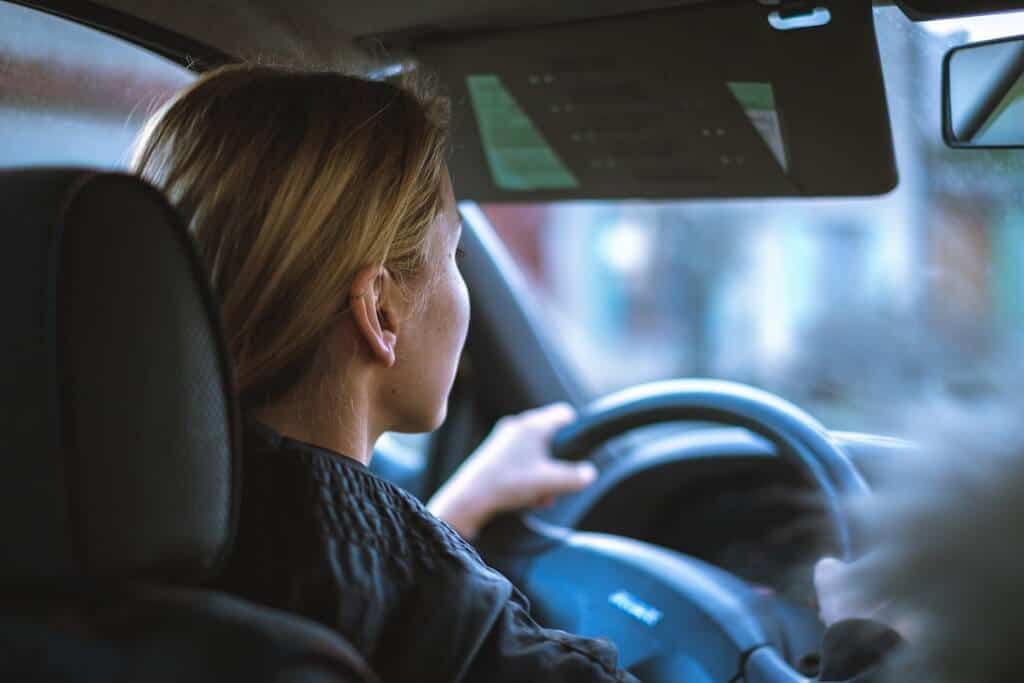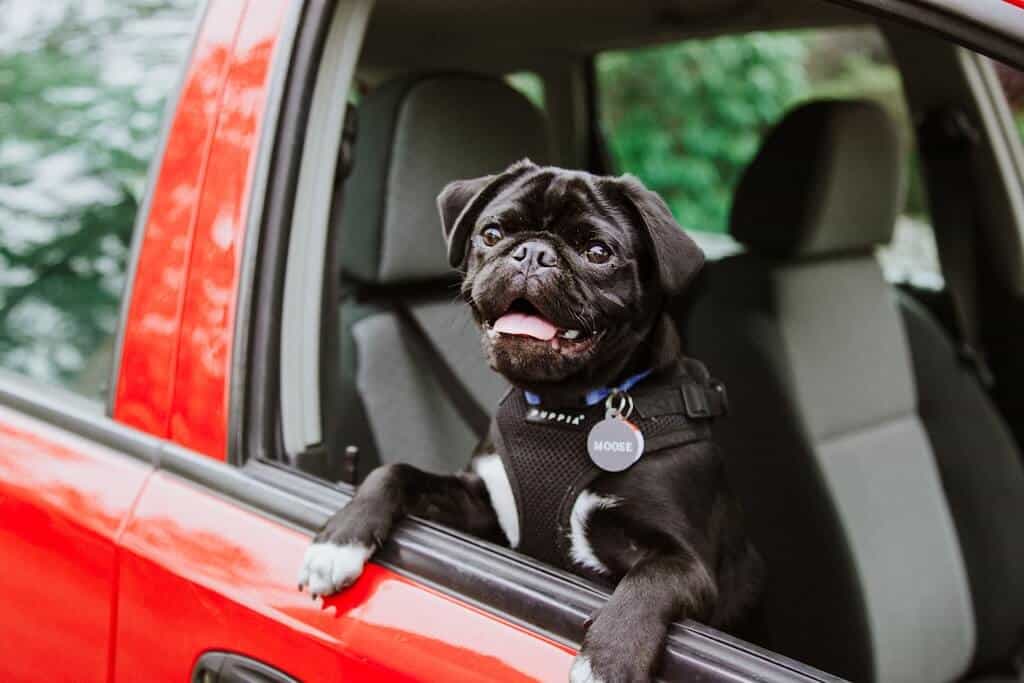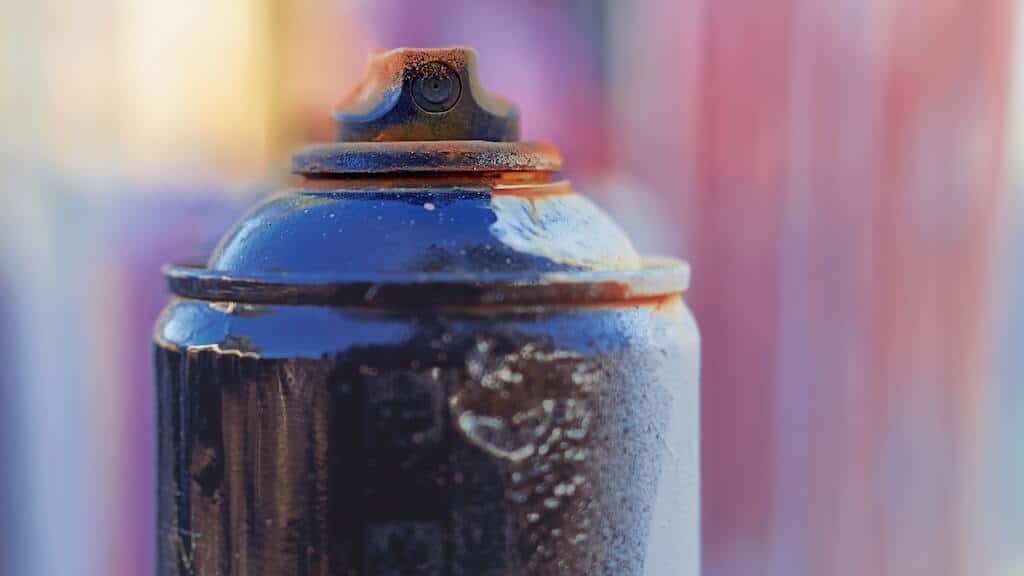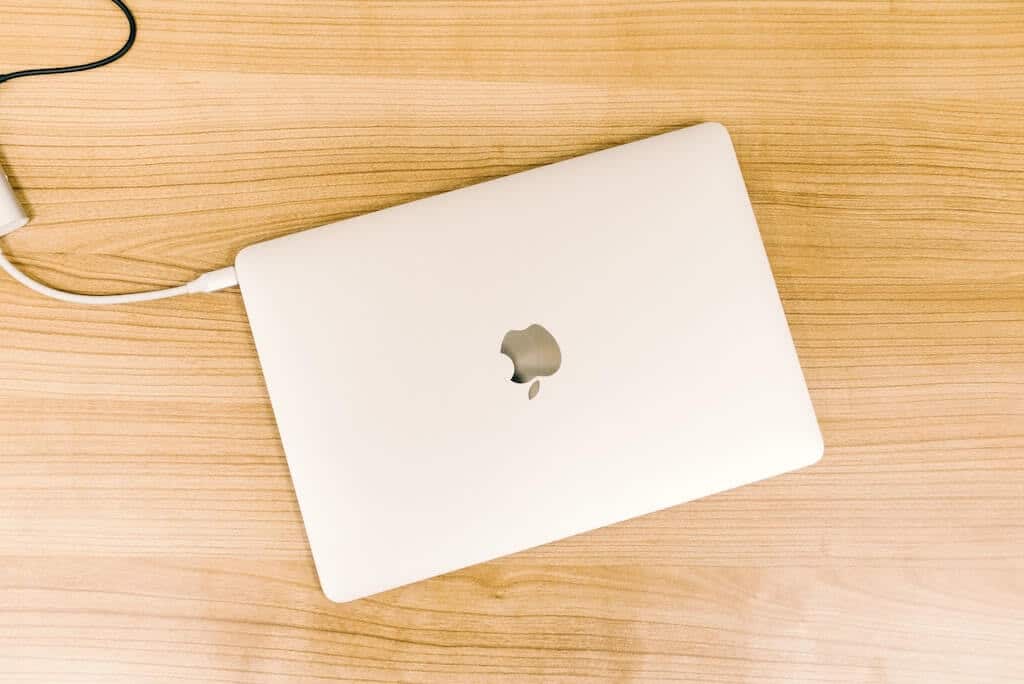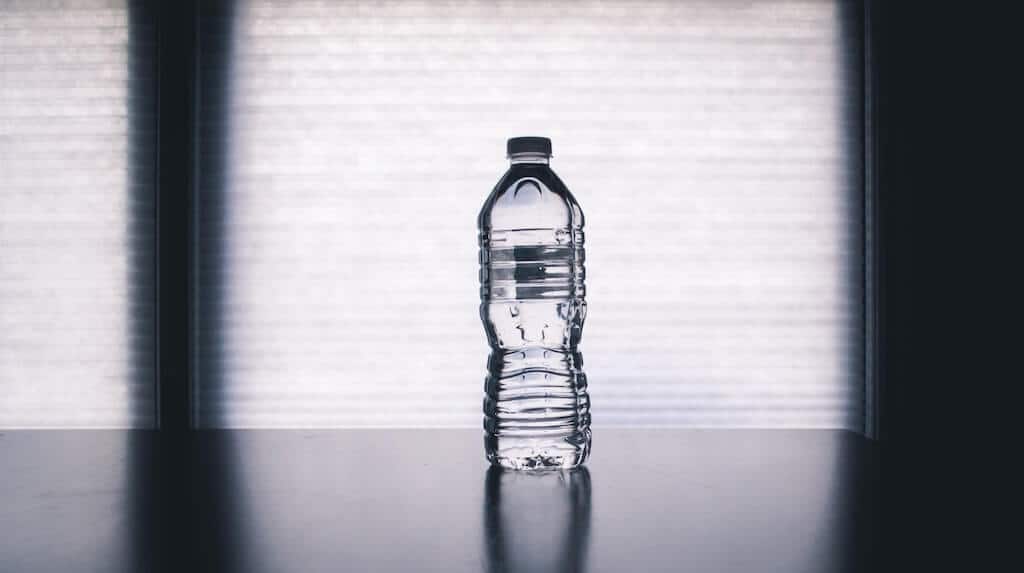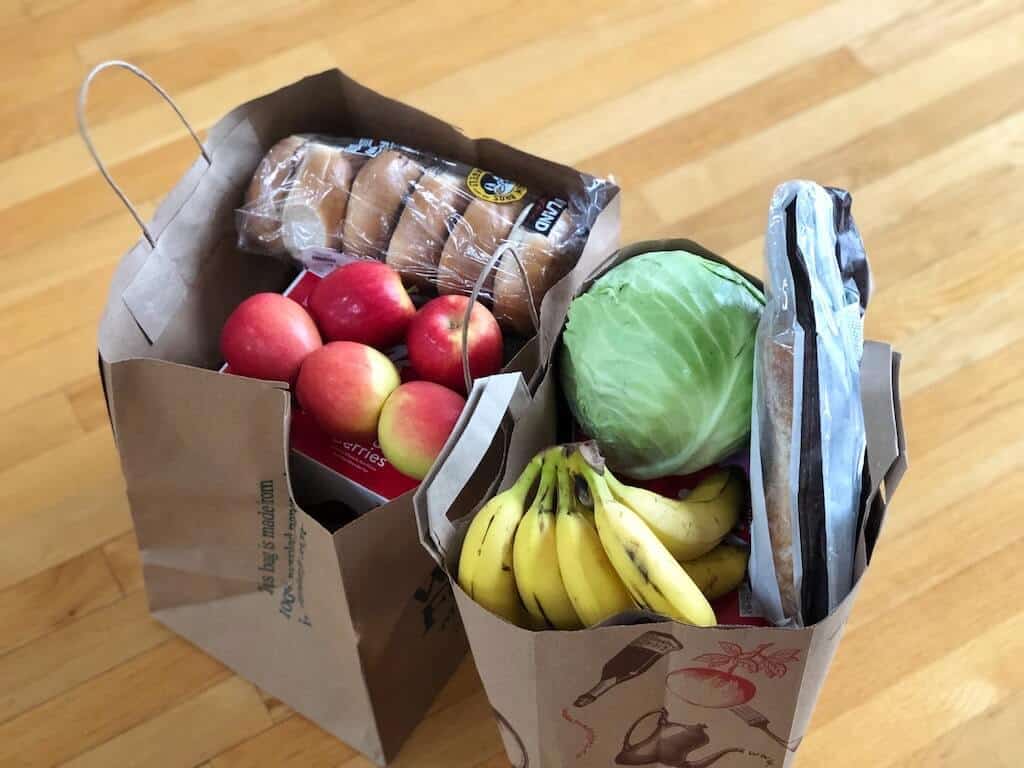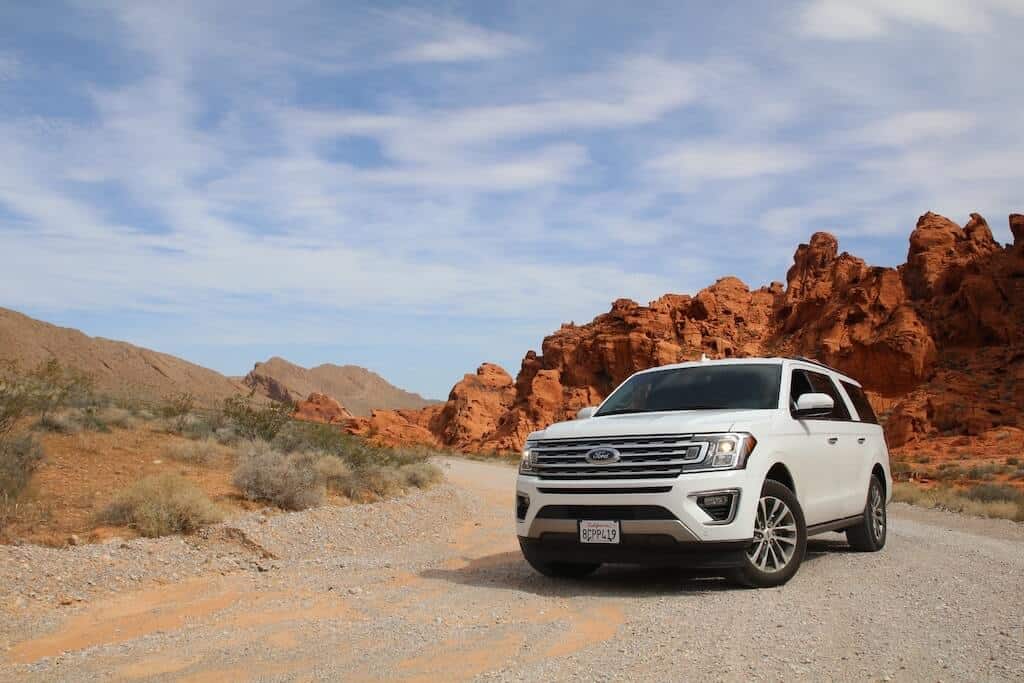
You’ve heard the rule before: don’t leave anything that you value in your car unattended, especially in plain sight. For anyone with nefarious intentions, getting their hands on precious items is as easy as peeking through the window of a car and seeing a laptop, phone, wallet, jewelry, or other valuables lying around. Luckily, if you find yourself in a situation where you have no choice but to leave your items in the car, there are ways to conceal them, keeping them out of sight for burglars and car thieves.
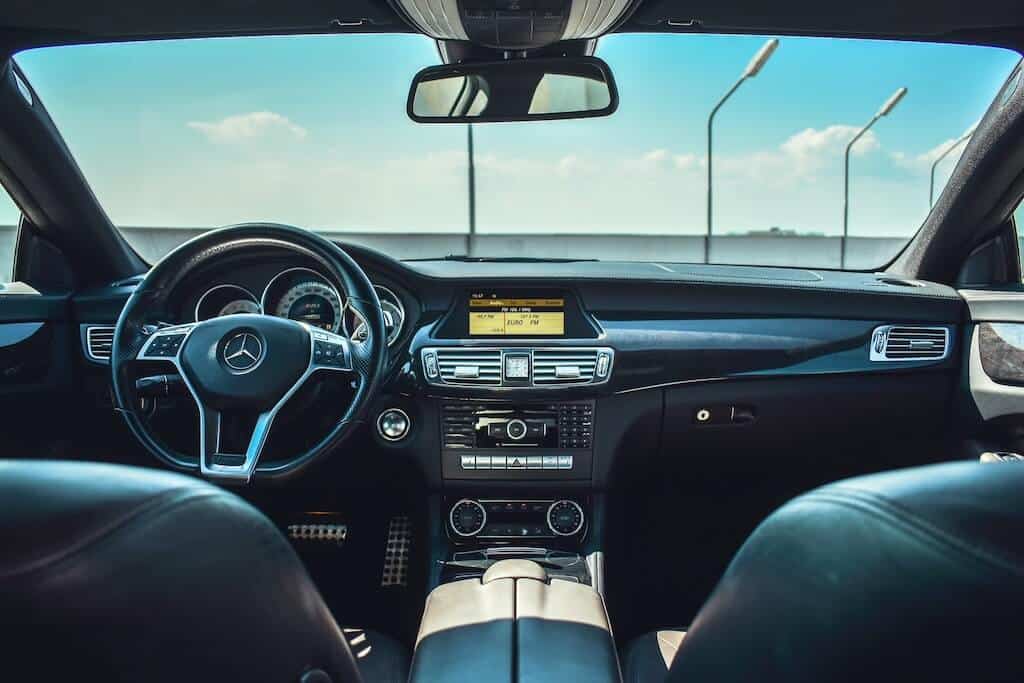
Glove Box
The obvious option for hiding things you want to keep out of sight is your car’s glove box. The issue lies in the fact that glove compartments more often simply conceal your belongings, rather than protecting them. If a thief is already rooting around inside your vehicle, the first area they choose to check will more often than not be the glove box.
Unfortunately, locking the glove compartment is also not always a viable option, as it can draw unwanted attention to that area of your car, and burglars will assume that it is locked specifically to protect something of great value.
That being said, glove compartments are a handy option for stowing away documents, phones, and wallets in specific situations. If you are in an area where your parked car is not left for extended periods of time, and where it will be protected in the case of a break-in, glove boxes will do the trick. This can be somewhere like a parking lot or garage, or in the driveway of your home. Your belongings are usually safe in a glove compartment when there are cameras around to watch for criminal activity.
Center Console
Every car has a center console between the driver and passenger seats that can hold anywhere from a few small items to an entire purse or backpack! Stashing away items that are of importance to you (or items that may draw the attention of criminals) at the bottom of this compartment can protect you, your vehicle, and your belongings in the event of a break-in.
The downside to utilizing this compartment is that, just like the glove box, the center console is one of the very first places that are searched by individuals looking to take your things. Because of this, using the center console should also be limited to small amounts of time in well-lit, well-guarded areas.
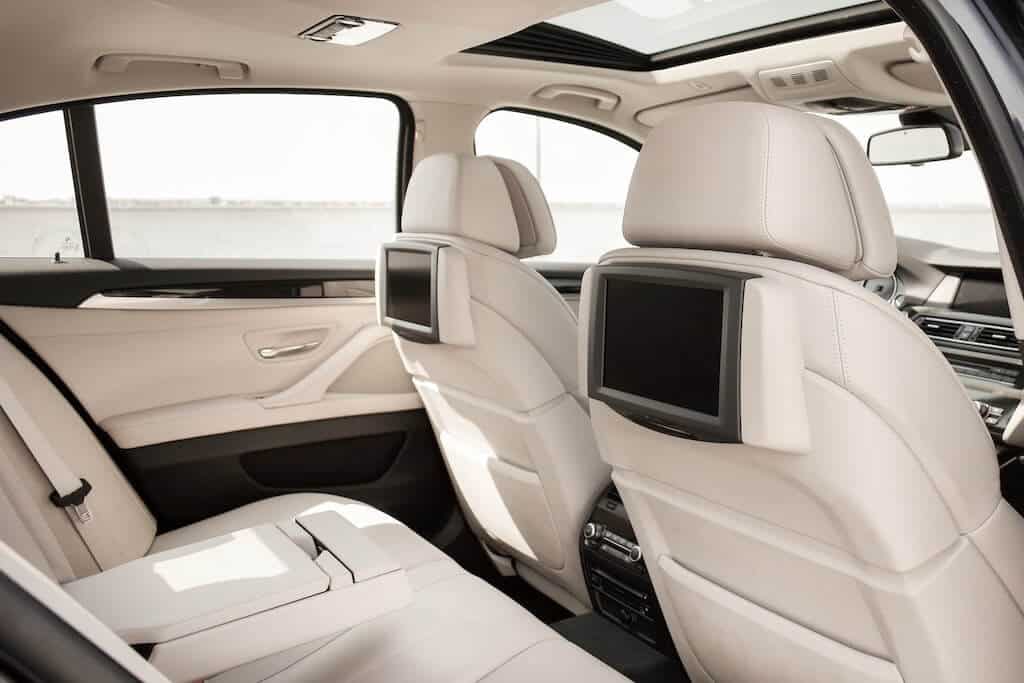
Special Compartments
It is not uncommon for your car to have one or several secret hiding spots, often in places that cannot be seen from outside of the vehicle. Reading your driver’s manual can clue you in to where these spots are located, and help you stash away those priceless items when you’re leaving your car unattended.
Some examples of compartments that most vehicles are likely to have include things like the pockets on the backs of the passenger and driver’s seats, as well as underneath floor mats and inside the center console in the back row.

No Secret Hiding Spots? Make Your Own!
If your vehicle does not come equipped with clever places to stash valuables, the good news is that it’s very simple to find your own! These are a few locations that most cars have that make for great undercover safes for when you have to leave a valuable item behind:
- Empty (or not so empty) containers: Boxes from things like tissues and sanitary products and containers such as first aid kits are typically avoided by burglars as they are not expecting to find your items there.
- Hollowed-out books or manuals: Cutting a hole in a thick book or driver’s manual allows you to safely stash your phone or wallet in the glove compartment without worrying about anyone snooping around. Just one thing: make sure to avoid cutting a hole in your actual driver’s manual! You never know when you may need it. Use a fake one instead.
Extra Tip: Be Smart When You’re Hiding Your Things
If you know you will need to leave items in your car, it is recommended that you stash them before parking or exiting the vehicle. You never know when someone might be watching you put your smartphone in a book, or your wallet in your first aid kit.
Pop-A-Lock’s top priority is your safety. So when traveling by car and leaving valuables inside, use these tips, and remember: Pop-A-Lock provides car door unlocking services for when you accidentally hide your car keys along with your wallet or phone!

